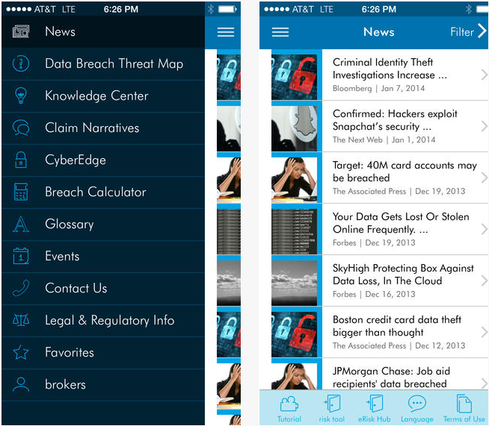12:11 PM
3 Reasons a PAS Gamble Paid Off For Capitol
In 2005, Madison, Wisc.-based commercial lines insurer Capitol Insurance faced a daunting challenge: To comply with Sarbanes-Oxley regulations, its two legacy fidelity and surety administration systems needed to be upgraded. But the platform to be selected couldn't be solely about compliance, says CIO Troy Lethem.
"We also really needed to make sure we had something that was going to keep us going forward, that was web-based for our agents," he explains. Its parent company, Alleghany Corporation, had given them a "very clear" mandate to modernize its infrastructure, Lethem adds.
The company picked the Dragon system from Westborough, Mass.-based OneShield. But this was the first time OneShield had been implemented for fidelity and surety coverage. As a result, Capitol and OneShield "really built a new system from the ground up," Lethem says.
The implementation took longer than expected, he adds, but by 2007 the system was up and running. Lethem and Dalia Dannenberg, director of business development for Capitol, share some of the reasons why, several years down the road, it was worth it for Capitol to stay the course on this then-unique path.
- It offered needed flexibility
Immediately after completing the Dragon installation, Capitol set out on implementing an automated underwriting capability on top of it. Launched with 20 bond types in 2008, the system now serves 830 bond types — with new ones added quickly and easily.
"We recently added contract surety, which we hadn't written for quite some time, in seven months," Dannenberg says. "One of the reasons for switching administration systems to Dragon was the flexibility of being able to do this."
- The vendor was the right fit for the project
For a smaller company such as Capitol, big projects like this require an attentive vendor who can help with resources. Not only was OneShield able to provide needed project management and business analysis capabilities, Lethem was confident that his company had the vendor's full attention throughout.
"Vendors can only take on so many implementations at a time, and OneShield was better than other vendors out there in terms of measured growth," he says.
[Check out our package of articles from the March 2012 issue for more on IT resource management.]
- Capitol is a stronger organization now for the experience
Core systems replacement activity is at an all-time high right now across the insurance industry, and Capitol considers itself fortunate to have made the switch it needed so long ago. Lethem says that he might do some things differently if he had the chance to go back, but what the organization learned about vendor selection and resource management is invaluable going forward.
[Check out I&T research on the core systems replacement imperative.]
"We made the mistake of converting legacy data instead of just rolling it into the new system, and we also added a fair amount of complexity because we were replacing our billing system at the same time," he says.
"What I would say to other carriers is be very clear on what it is you need and what you're looking for in a system," he adds. "Talk to other customers who have done a project like yours. It's really important to know your capabilities. There were some growing pains, but we worked through those and we're a more mature organization today for it."
Nathan Golia is senior editor of Insurance & Technology. He joined the publication in 2010 as associate editor and covers all aspects of the nexus between insurance and information technology, including mobility, distribution, core systems, customer interaction, and risk ... View Full Bio

























